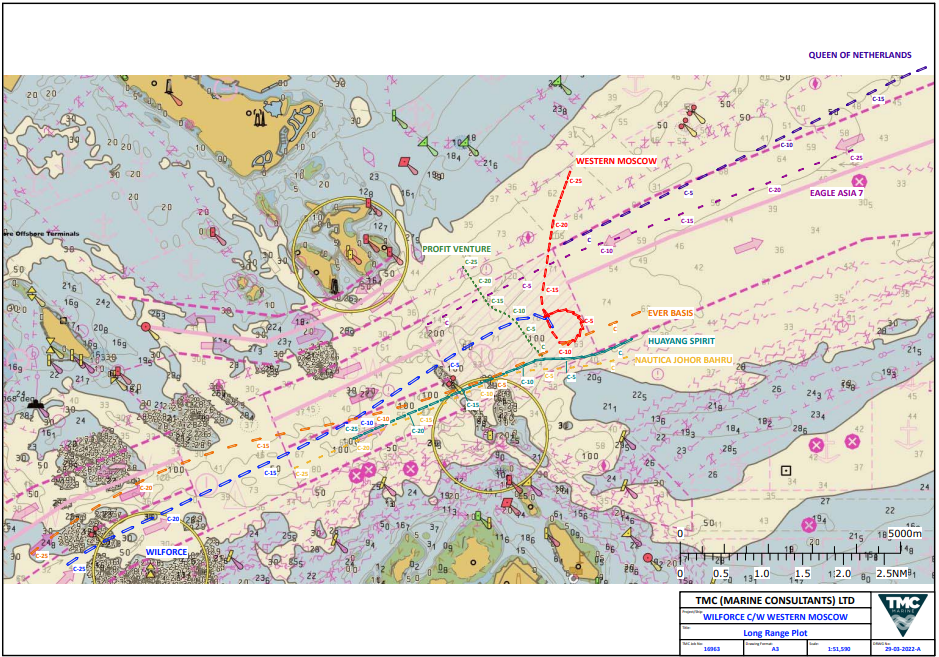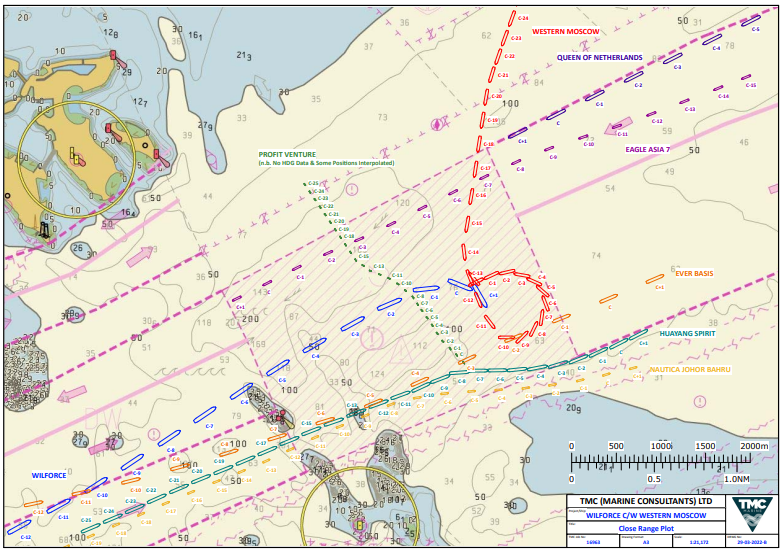B e f o r e :
SIR NIGEL TEARE sitting as a Judge of the High Court
with Rear Admiral David Snelson and Captain Stephen Gobbi,
Elder Brethren of Trinity House, sitting as Nautical Assessors
____________________
Between:
| |
(1) WILFORCE LLC
(2) AWILCO LNG AS
(The Owners and Demise Charterers of the
LNG Tanker "WILFORCE")
|
Claimants
|
| |
- and -
|
|
| |
(1) RATU SHIPPING CO.SA
(2) SEA QUEEN SHIPPING CORPORATION
(The Owners and Demise Charterers of the
MV "WESTERN MOSCOW")
|
Defendants
|
____________________
Nigel Jacobs QC and Andrew Carruth (instructed by Stann Law Limited) for the Claimant
Vasanti Selvaratnam QC (instructed by HFW) for the Defendant
Hearing dates: 29-31 March 2022 (and written submissions on the advice of the Assessors received between 6 and 13 May 2022)
____________________
HTML VERSION OF APPROVED JUDGMENT�
____________________
Crown Copyright ©



